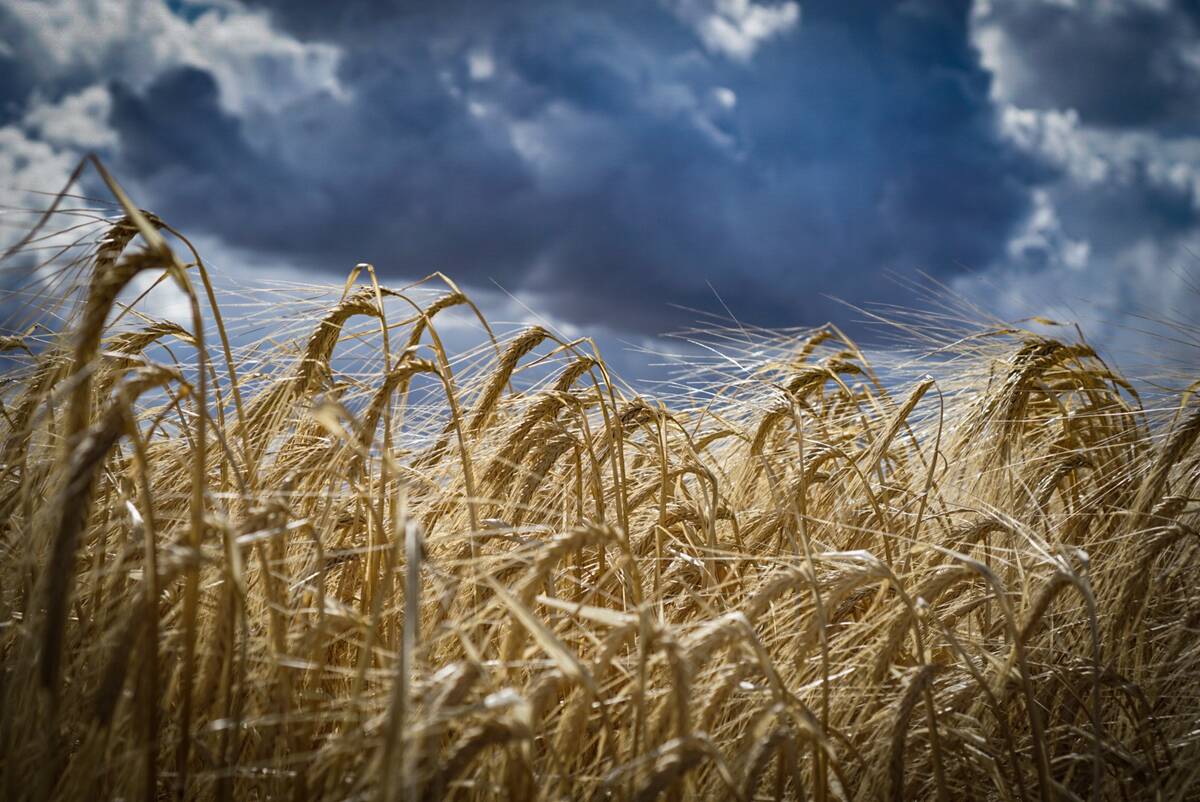The Canadian Food Inspection Agency is resisting the use of firefighting foam to destroy chickens in the event of a bird flu outbreak, even though the method has been approved by the U.S. government.
“There’s no question that it can kill birds. But there are a lot of questions from CFIA’s perspective about the humaneness of the method,” said Jim Clark, national manager of the CFIA’s avian influenza working group.
Instead, the agency will stick to using carbon dioxide gas, which is relatively cheap and available in large quantities from industrial manufacturers. The gas in heavy concentrations has a built-in anesthetic effect and can kill a chicken in about five minutes.
Read Also

Malting barley exporters target Mexican market
Canada’s barley sector is setting its sights on the Mexican market to help mop up some of the lost demand from China
Firefighting foam, on the other hand, is essentially soap. That means that the birds either suffocate from lack of oxygen or drown by inhaling the liquid.
“What kills a bird when you exclude oxygen from its environment, whether you use foam or C02 or whatever, is that the level of carbon dioxide in the bird’s system builds up to a level where the level of oxygen is no longer consistent with supporting life,” Clark said.
“In one situation, we are actually increasing the amount of C02 that’s in the environment, so that the carbon dioxide in its bloodstream increases faster. The other way, you have to wait until the bird’s metabolism produces that amount of carbon dioxide.”
The advantage of foam, according to the United States Department of Agriculture’s Animal and Plant Health Inspection Service, is that it can kill floor-reared flocks in barns with open sides, common in warm climates. It is also effective in poultry housing that may be difficult to seal, or structurally unsound due to damage from hurricanes.s
Since it can be pumped in, foam can wipe out flocks without the need to capture birds one by one, a time-consuming task that increases the risk of exposing workers to bird flu.
The downside is that the birds tend to move away from the foam and start piling up. Some birds might be able to survive by standing on top of other birds above the foam.
“In B.C., where we faced some challenges with sealing barns, we’ve gone on to develop what we call a modified atmospheric chamber, or MAC cart. It’s basically a shipping container that is capable of holding up to 5,000 chickens at a time,” Clark said.
Where birds must be caught, the Canadians have also developed specially designed cardboard boxes that keep handling to a minimum. The boxes can then be stacked inside the MAC cart, gassed, and then disposed of by composting without having to remove the dead birds.
Marty Zaluski, a North Carolina agriculture department veterinarian, said foam offers advantages.
“Using gas was not safe for people. It was more intensive as far as personnel and it was not as humane for the animals,” Zaluski said.
Clark said that since C02 is colourless and odourless, adequate ventilation time must be allowed to clear the gas from the barn, and air must be tested with sophisticated instruments before workers are allowed inside.
Meanwhile, researchers at the University of Saskatchewan’s Vaccine and Infectious Disease Organization have discovered a key step in how influenza viruses, including the H5N1 strain that causes bird flu, infect cells.
Yan Zhou and her team said the breakthrough, which discovered a protein that activates a pathway in the virus’s reproduction, could assist in developing harmless influenza viruses that could be used in live vaccines. The pathway can be thought of as an assembly line with a switch to turn it on, said Zhou.
“If the switch is turned on, the pathway enables efficient production of more viruses. But only the NS1 protein can turn on the switch.”














